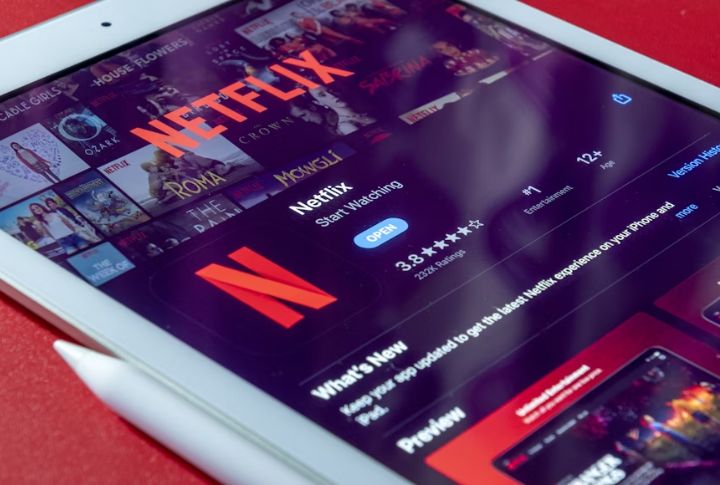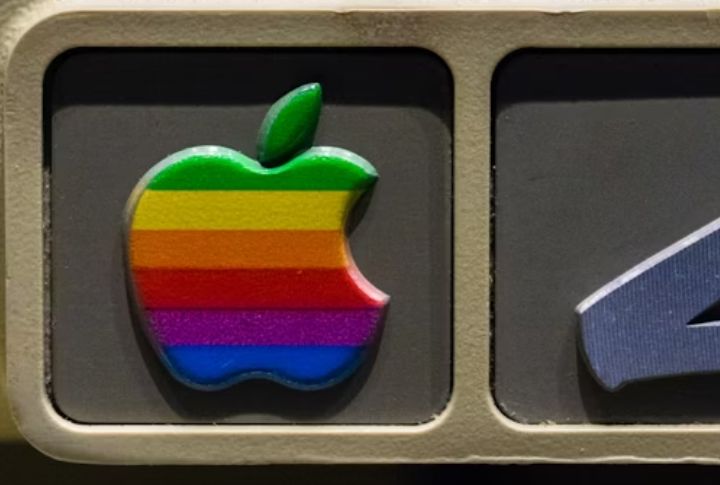
As brands age, they often witness a shift in the market. In such cases, a bold makeover becomes the only way forward to stay competitive. Rebranding can reset your story, especially if you intend to expand globally or overcome a bad reputation. Here are 10 essential things you must know about the process.
Signs That A Company Needs Rebranding

If your visuals evoke 2003 or your messaging doesn’t align with modern values, it’s time to evolve. Similarly, when audience interaction dips across reviews or social media, it’s often a sign that your brand’s relevance is fading. Your audience changes faster than you think, so you must cater to their choices.
Why It Matters

Rebranding sparks transformation. It’s not just about changing your logo but about reshaping how people think about you. When Apple swapped its rainbow logo for a sleek monochrome one in 1998, it signaled a shift toward innovation. Although it was part of a broader strategy, it led to increased sales.
Rebranding Vs. Brand Refresh

Full rebrands typically change the identity entirely, such as modifying the name or logo. However, a brand refresh tweaks the feel without changing the soul. Out of these two, you can choose the one that suits you best. Rebranding is typically recommended for those who have experienced scandals or significant shifts in their mission.
Competitive Advantage Through Rebranding

Differentiation is the survival strategy in overcrowded markets. With over 449,000 new businesses popping up each month in the U.S., based on the stats by the Census Bureau, standing out becomes essential. Rebranding helps you say, “We’re not like them; we’re better.” Remember Old Spice transitioning from ‘dad deodorant’ to a Gen Z favorite?
Aligning Brand With Business Growth

Sometimes, to expand into new markets, your brand must evolve to accommodate the new type of consumer. The same goes for mergers and acquisitions. For example, Dow and DuPont formed a unified brand that reflected shared innovation goals after merging in 2016. Without rebranding, the new identity would’ve felt disjointed.
Enhancing Customer Perception

You must learn to turn your worst moments into your strongest comeback. If your brand’s reputation has taken a hit, humility and honesty will go a long way in restoring it. Customers prefer brands that have earned their trust. Own up to your mistakes and create quality content that reflects your loyalty towards your audience.
Leveraging Digital Transformation

Netflix pivoted from DVD rentals to streaming and became a masterclass in digital rebranding. The iconic red “N” now signals global entertainment instead of late fees. They adapted their service to meet the evolving needs of consumers and reinvented themselves. We could all learn a little something from that, couldn’t we?
Case Studies Of Successful Rebrands

LEGO almost went bankrupt in 2004. But a sharper focus on digital play, plus collaborations with Star Wars and Harry Potter, brought it roaring back. Burberry, once labeled “gang wear,” repositioned itself with high-fashion digital collaborations, and within five years, its revenue doubled. Lessons learned from strategies like these offer a helpful roadmap.
Challenges And Risks Of Rebranding

It is always a good idea to run tests involving your audience before fixing strategies. You can never assume that you know better. Create teasers and give loyalists a reason to stay. This will also help you understand if rebranding will work or if you should try a different approach.
Steps To A Successful Rebrand

Research and strategy development is where strong rebrands begin. Analyze competitors and interview your most loyal (and lapsed) customers because data kills guesswork. Additionally, implementing plans and measuring success are just as important. From redesigned packaging to press releases, every touchpoint needs coordination and meticulous tracking. And don’t forget to celebrate little wins!
